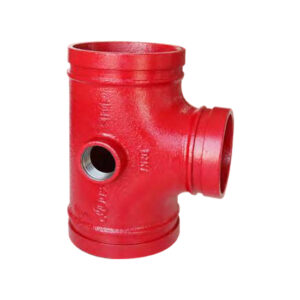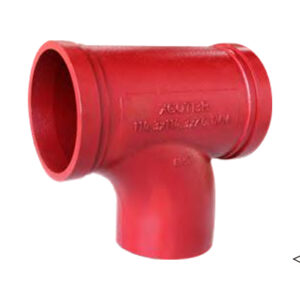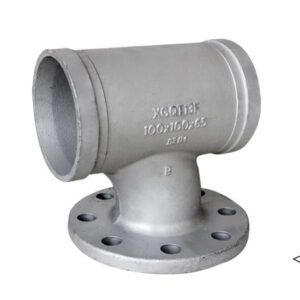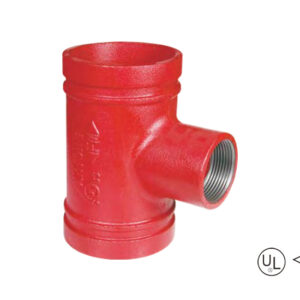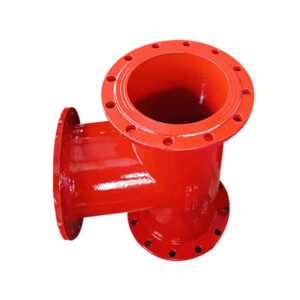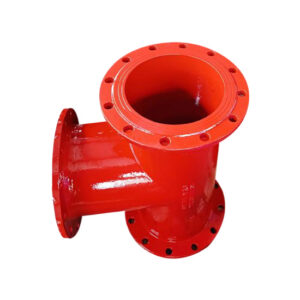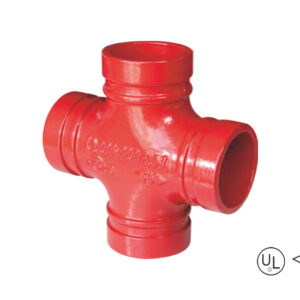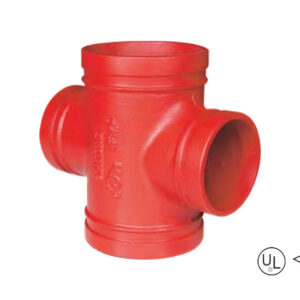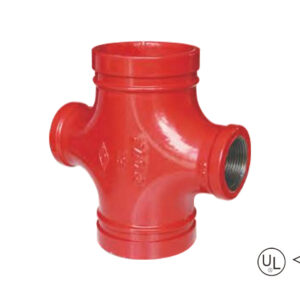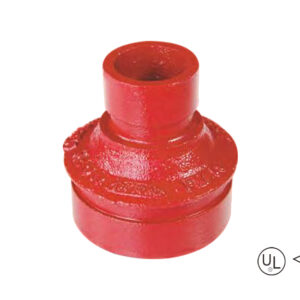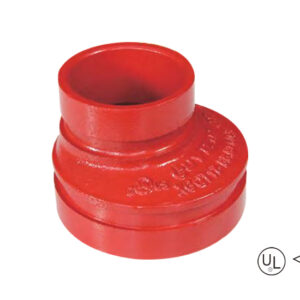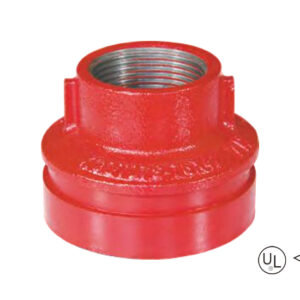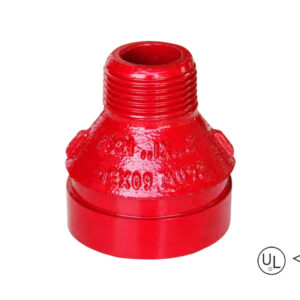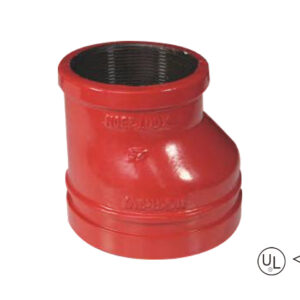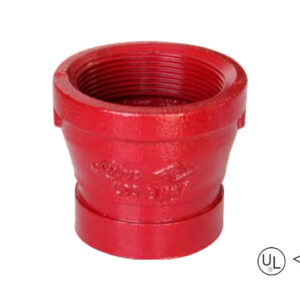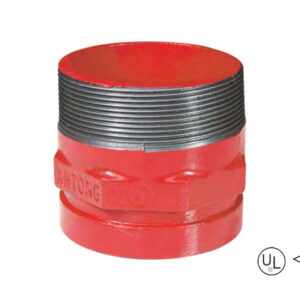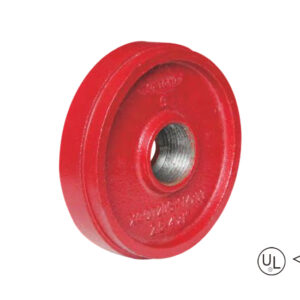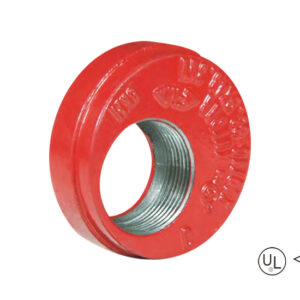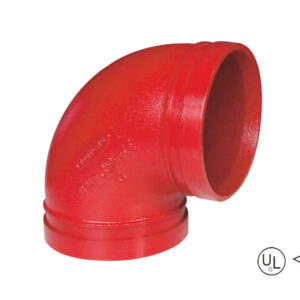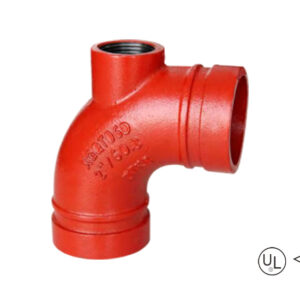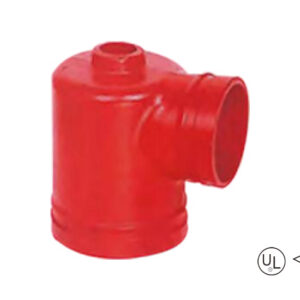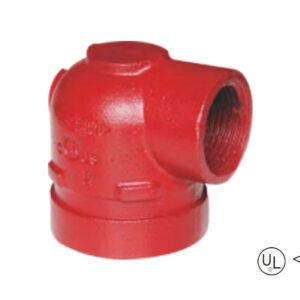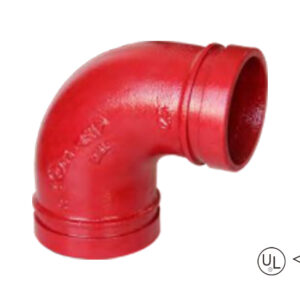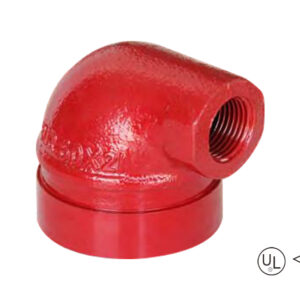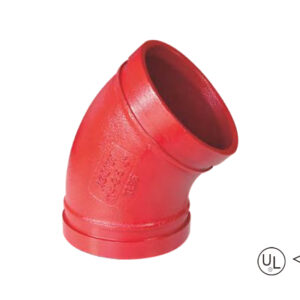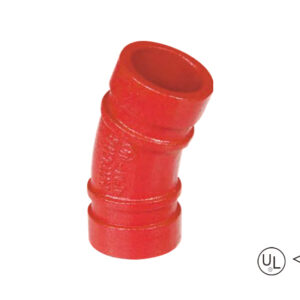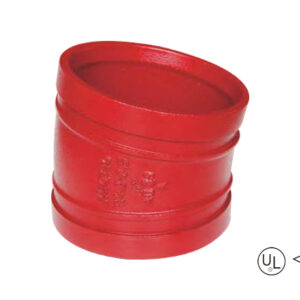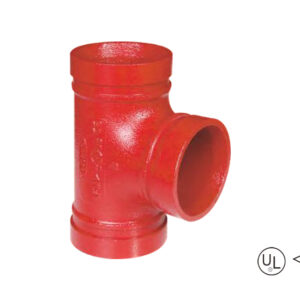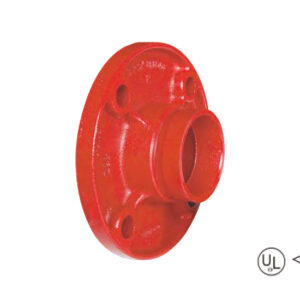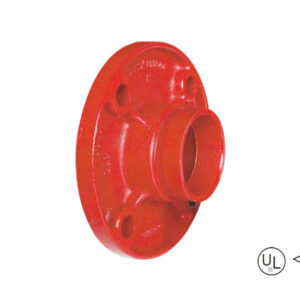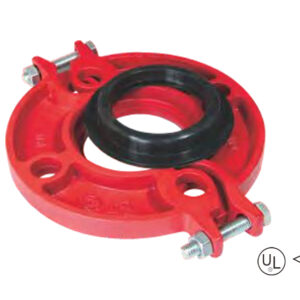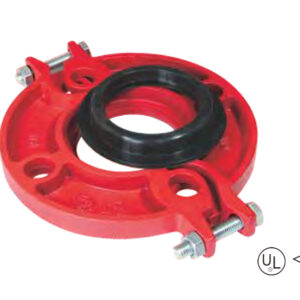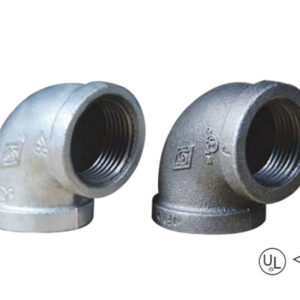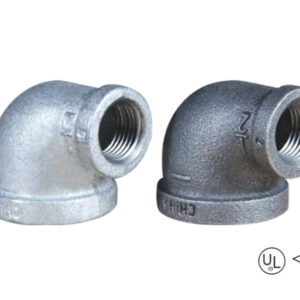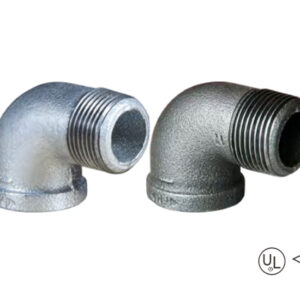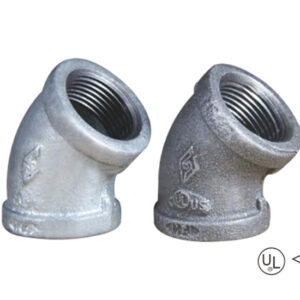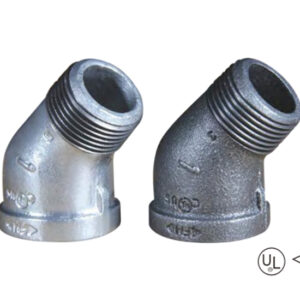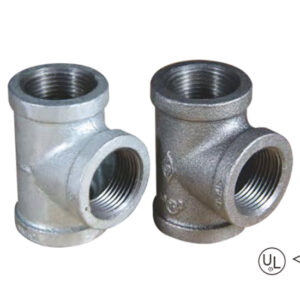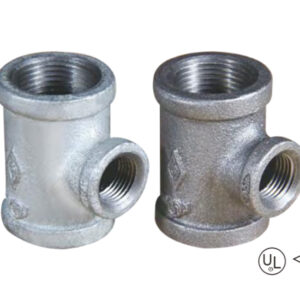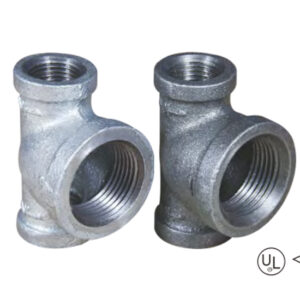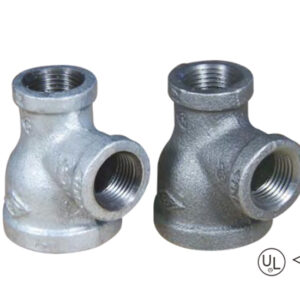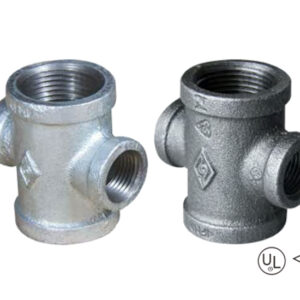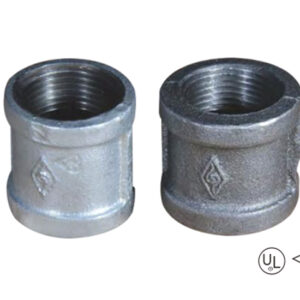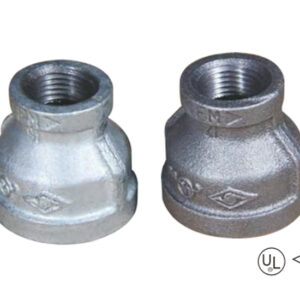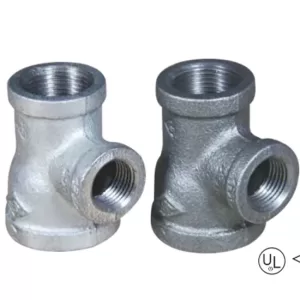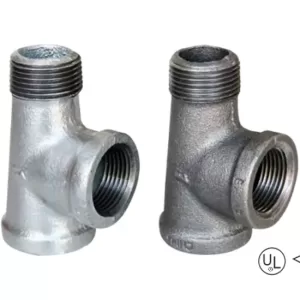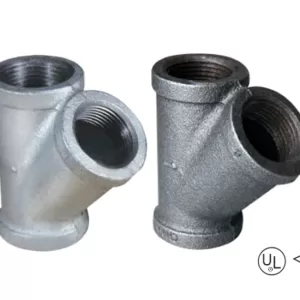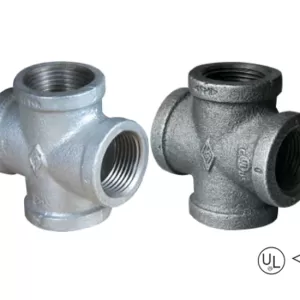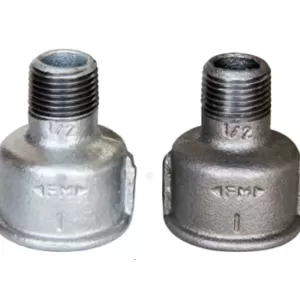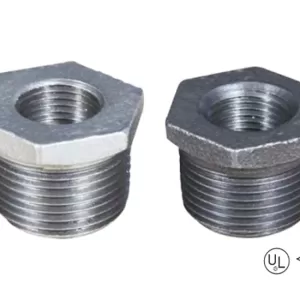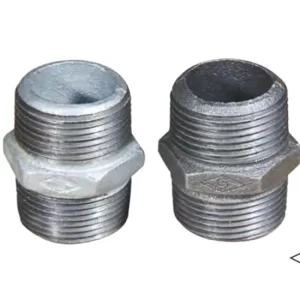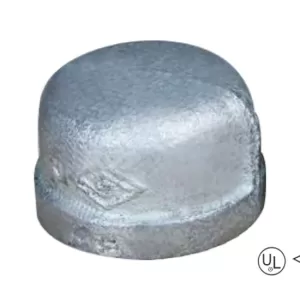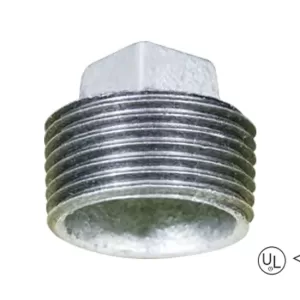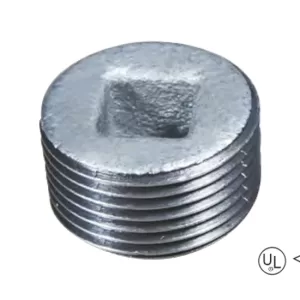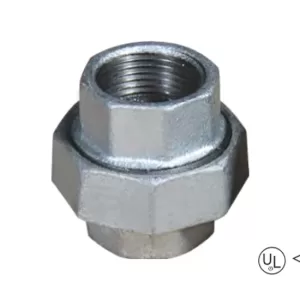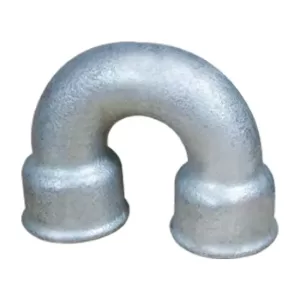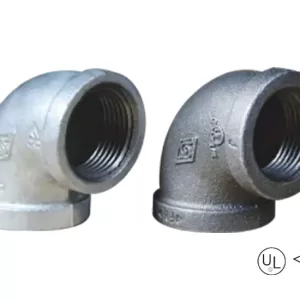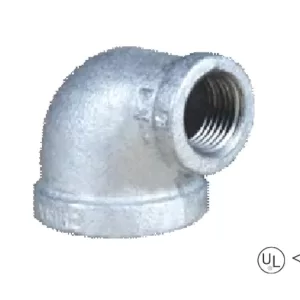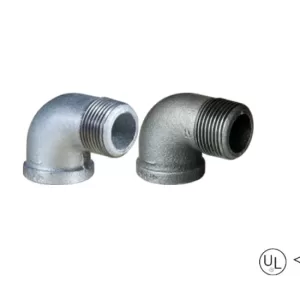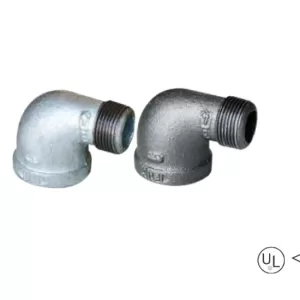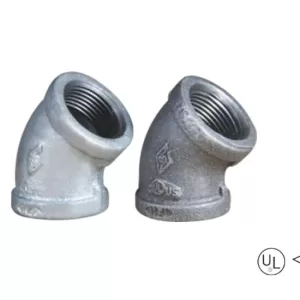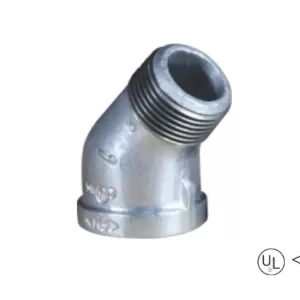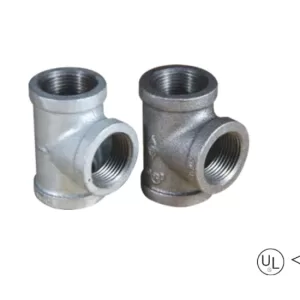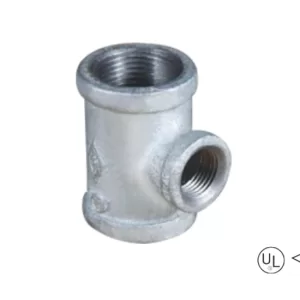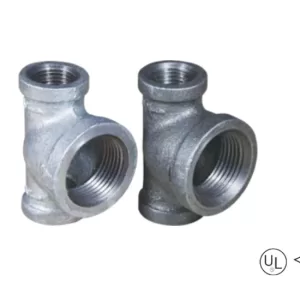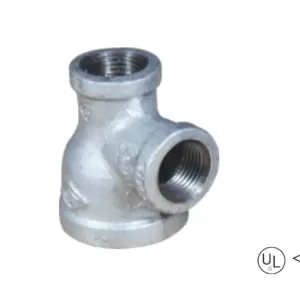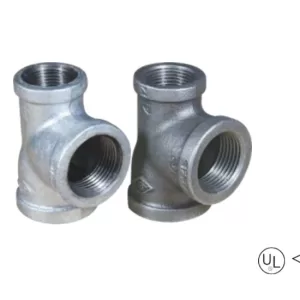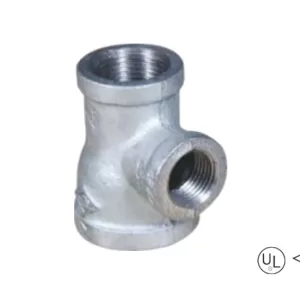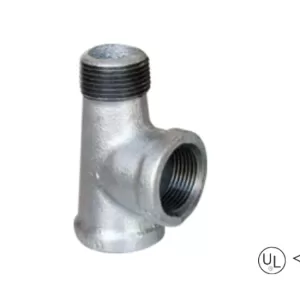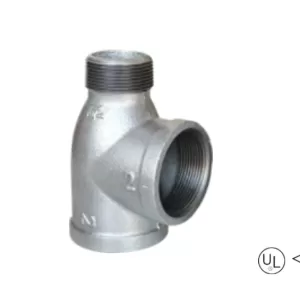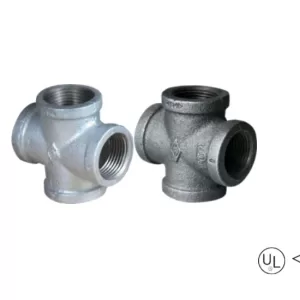HOT PRODUCTS TAGS
FLOATING PIPE
FLOATING PIPE
Outside Diameter:Φ200mm – 2500mm (8″ – 98″ )
Wall Thickness:8.0 – 50mm (0.31″ – 2.0″)
Quality Standards:API 5L, DNV-OS-F101, ASTM A106, EN 10208, ISO 3183
Length:12m – 24m(custom up to 36m)
Coating : 3LPP (3-Layer Polypropylene), FBE + Concrete Weight Coating, or as per marine requirements
description
FLOATING PIPE is engineered for offshore oil/gas transportation, seawater intake, and floating platform systems. Manufactured from corrosion-resistant alloys (typically API 5L X65/X70, Duplex 2205) through precision UOE/JCOE forming and submerged arc welding (SAWL/SAWH), it integrates buoyancy modules and anti-biofouling coatings to ensure 25+ years of service in high-salinity and dynamic marine environments. Designed for deep-water installation and high-pressure containment, it excels in FPSO operations, subsea pipelines, and ocean thermal energy conversion projects.
Product Name: Offshore Dynamic Riser, Buoyant Pipeline, Marine Transfer Pipe
Specifications:
Outer Diameter: 200mm – 2500mm (8″ – 98″ )
Wall Thickness: 8.0 – 50mm
Length: 12m / 18m / 24m (custom lengths up to 36m)
Standard and Steel Grade:
API 5L: X42/X65/X80 PSL2
DNV-OS-F101: 450 FDU
ASTM A106: Grade B/C
EN 10208: L245NB-L485MB
ISO 3183: L390M-L555M
Ends: Premium threading (VAM TOP), Mechanical coupling, Orbis™ flange
Surface Treatment
External coating: 3LPP (≥3.2mm), FBE + 50-100mm concrete weight coating
Internal coating: CRA cladding (Alloy 625/825), Smooth-bore epoxy
Special: Integrated buoyancy foam collars (density 180-300kg/m³)
Specification
FLOATING PIPE Specification Range Reference Table
| Parameters | Typical range | Extreme range | Standard basis | Engineering constraints |
| Outside diameter | ⌀600mm~⌀1800mm | ⌀200mm~⌀2500mm | API 5L / DNV-OS | >2000mm requires reel-lay installation |
| Wall thickness | 15mm~30mm | 8.0mm~50mm | ASTM A106 / EN 10208 | Thickness <12mm limited to 300m depth |
| Length | 12m (J-lay module) | 6m (reel) ~ 36m (S-lay) | ISO 3183 | >24m pipes require tensioner support |
FLOATING PIPE Standards and Applications Comparison Table
| Classification | Standard | Positioning | Applicability |
| Basic Standards | API 5L | Global standard for line pipes | Mandatory for Gulf of Mexico projects |
| Basic Standards | DNV-OS-F101 | Integrated submarine pipeline systems | Arctic/Deepwater (>1500m) installations |
| Basic Standards | GB/T 9711 | High-temperature service pipelines | Steam injection risers |
| Special Standard | EN 10208 | Cathodic protection for marine pipelines | Saltwater cooling systems |
| Special Standard | EN 10208 | European sour service requirements | H₂S-containing environments |
application
Open Sea Energy Transport
Dynamic stress management:
Flexible joints adapt to wave and current movements
Long-Term Reliability
Specialized materials resist corrosion and fatigue
Maintains integrity under continuous marine exposure
Safety Systems
ROV-operable emergency shutdown valves
Built-in buckling prevention mechanisms
Eco-Friendly Operation
Anti-fouling coatings minimize environmental impact
Leak-proof design protects marine ecosystems
Smart Monitoring
Integrated sensors for real-time performance tracking
Remote data collection throughout lifecycle
advantages
Structural Strength
Engineered for extreme ocean depths
High collapse resistance under pressure
Corrosion Defense
Multi-layer protective coating system
Extended service life in saltwater environments
Installation Efficiency
Rapid deployment with reel-lay technology
Pre-installed alignment features simplify connections
Flow Optimization
Smooth interior surface enhances fluid transfer
Minimizes deposits in multiphase flow
Quality Assurance
Automated defect detection systems
Rigorous pressure testing protocol
Economic Value
Lower operating costs vs alternative materials
Minimal maintenance requirements
packing
Marine-Grade Protection
Sealed ends with corrosion inhibitor capsules
Sacrificial anodes pre-attached to pipe body
Coating Defense
Removable impact protection shields
UV-resistant film with salt barrier
Transport Optimization
Customized cradles for ship transport
Vessel-compatible roller bed systems
Storage Protocol
Dedicated support saddles at intervals
Limited stacking height with protective separators
Controlled humidity storage solutions
Traceability
Laser-etched identification codes
RFID tags with material certification data

FLOATING PIPE Specification Range Reference Table
| Parameters | Typical range | Extreme range | Standard basis | Engineering constraints |
| Outside diameter | ⌀600mm~⌀1800mm | ⌀200mm~⌀2500mm | API 5L / DNV-OS | >2000mm requires reel-lay installation |
| Wall thickness | 15mm~30mm | 8.0mm~50mm | ASTM A106 / EN 10208 | Thickness <12mm limited to 300m depth |
| Length | 12m (J-lay module) | 6m (reel) ~ 36m (S-lay) | ISO 3183 | >24m pipes require tensioner support |
FLOATING PIPE Standards and Applications Comparison Table
| Classification | Standard | Positioning | Applicability |
| Basic Standards | API 5L | Global standard for line pipes | Mandatory for Gulf of Mexico projects |
| Basic Standards | DNV-OS-F101 | Integrated submarine pipeline systems | Arctic/Deepwater (>1500m) installations |
| Basic Standards | GB/T 9711 | High-temperature service pipelines | Steam injection risers |
| Special Standard | EN 10208 | Cathodic protection for marine pipelines | Saltwater cooling systems |
| Special Standard | EN 10208 | European sour service requirements | H₂S-containing environments |
Open Sea Energy Transport
Dynamic stress management:
Flexible joints adapt to wave and current movements
Long-Term Reliability
Specialized materials resist corrosion and fatigue
Maintains integrity under continuous marine exposure
Safety Systems
ROV-operable emergency shutdown valves
Built-in buckling prevention mechanisms
Eco-Friendly Operation
Anti-fouling coatings minimize environmental impact
Leak-proof design protects marine ecosystems
Smart Monitoring
Integrated sensors for real-time performance tracking
Remote data collection throughout lifecycle
Structural Strength
Engineered for extreme ocean depths
High collapse resistance under pressure
Corrosion Defense
Multi-layer protective coating system
Extended service life in saltwater environments
Installation Efficiency
Rapid deployment with reel-lay technology
Pre-installed alignment features simplify connections
Flow Optimization
Smooth interior surface enhances fluid transfer
Minimizes deposits in multiphase flow
Quality Assurance
Automated defect detection systems
Rigorous pressure testing protocol
Economic Value
Lower operating costs vs alternative materials
Minimal maintenance requirements
Marine-Grade Protection
Sealed ends with corrosion inhibitor capsules
Sacrificial anodes pre-attached to pipe body
Coating Defense
Removable impact protection shields
UV-resistant film with salt barrier
Transport Optimization
Customized cradles for ship transport
Vessel-compatible roller bed systems
Storage Protocol
Dedicated support saddles at intervals
Limited stacking height with protective separators
Controlled humidity storage solutions
Traceability
Laser-etched identification codes
RFID tags with material certification data

Get Your Custom Steel Pipe Quote Today!
Provide us with your project details (like application, specifications, quantity). Our experienced team will respond with a tailored solution and competitive quote within 24 business hours.




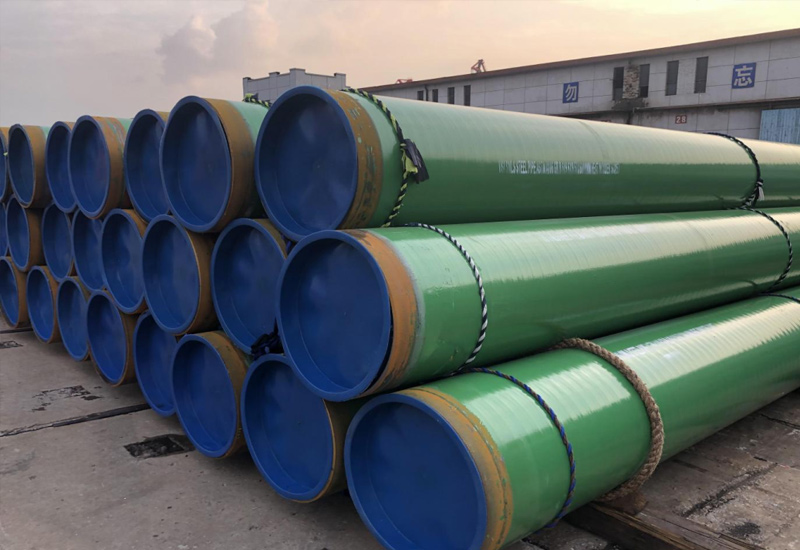






















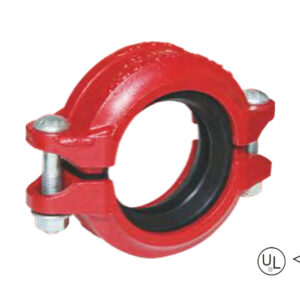
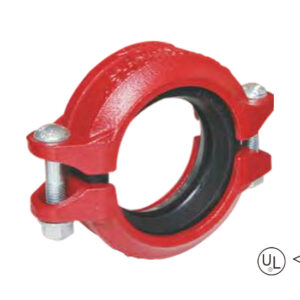
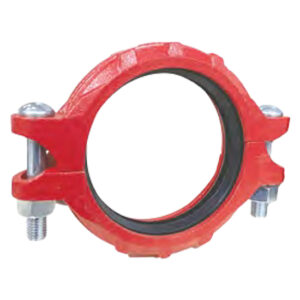
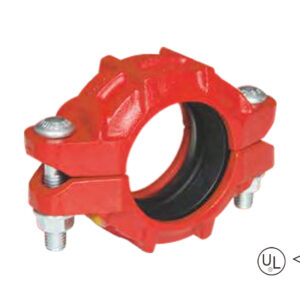
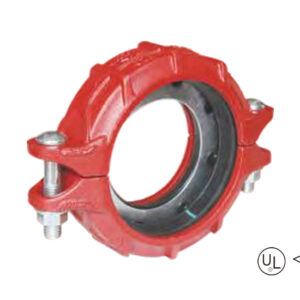
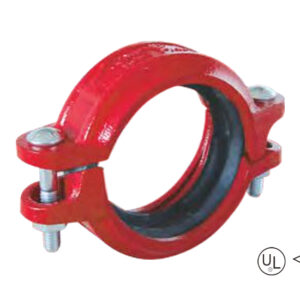
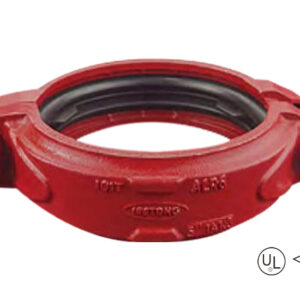
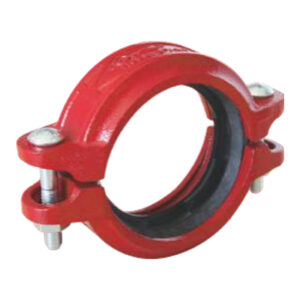
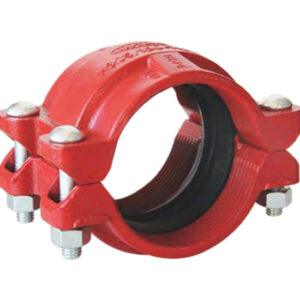
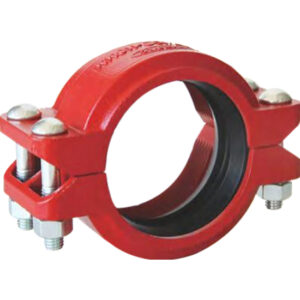
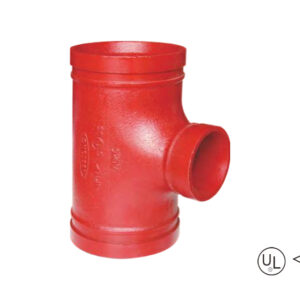
Grooved-increasing-tee-1-300x300.jpg)
